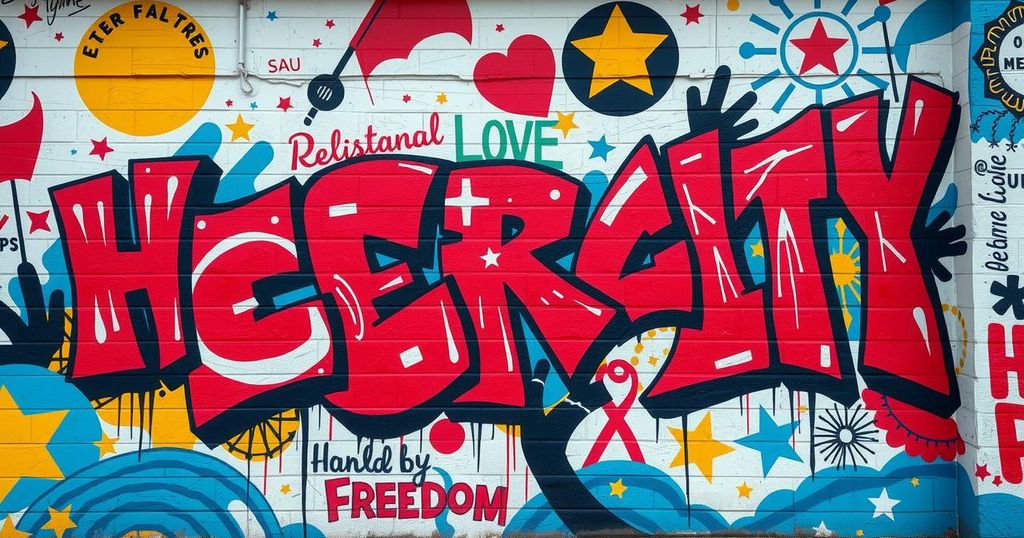The graffiti by a Syrian teenager in 2011 sparked a civil war that led to immense suffering in Syria. The brutal response from the Assad regime fueled nationwide protests. Today, a renewed uprising signals an ongoing struggle for change against Assad’s rule, with reports suggesting his possible displacement.
In early 2011, a seemingly innocuous act of rebellion by 14-year-old Mouawiya Syasneh in Daraa, Syria, ignited a civil war that altered the nation’s trajectory. Syasneh spray-painted a wall with the phrase “Ejak el door, ya doctor”—directed at President Bashar al-Assad, highlighting his medical background. This act became the spark for widespread protests and a national uprising against Assad’s authoritarian regime.
The graffiti incident that occurred thirteen years ago exemplified how a singular act of defiance can catalyze monumental change. The subsequent brutal crackdown on protests and the emergence of armed opposition led to a devastating civil war, resulting in significant loss of life and displacement within Syria. Today’s renewed civil uprising signals a potential shift in control, as new factions rise against the Assad regime.
Original Source: www.ndtv.com






